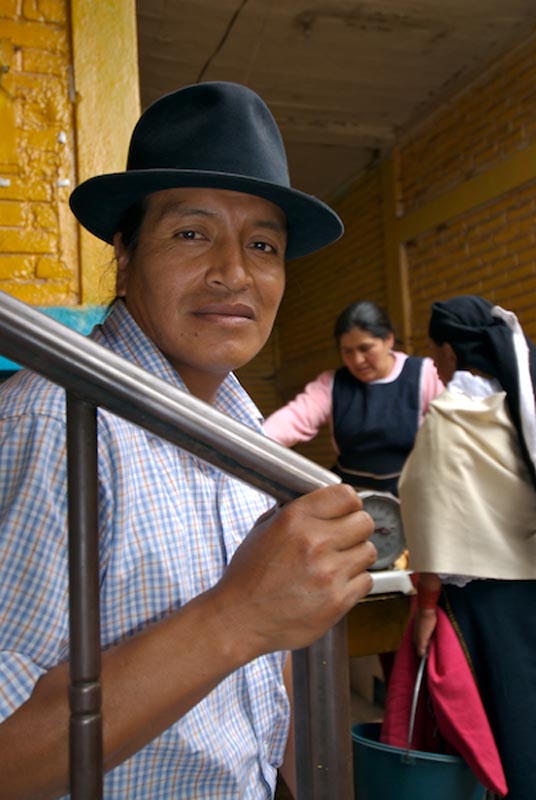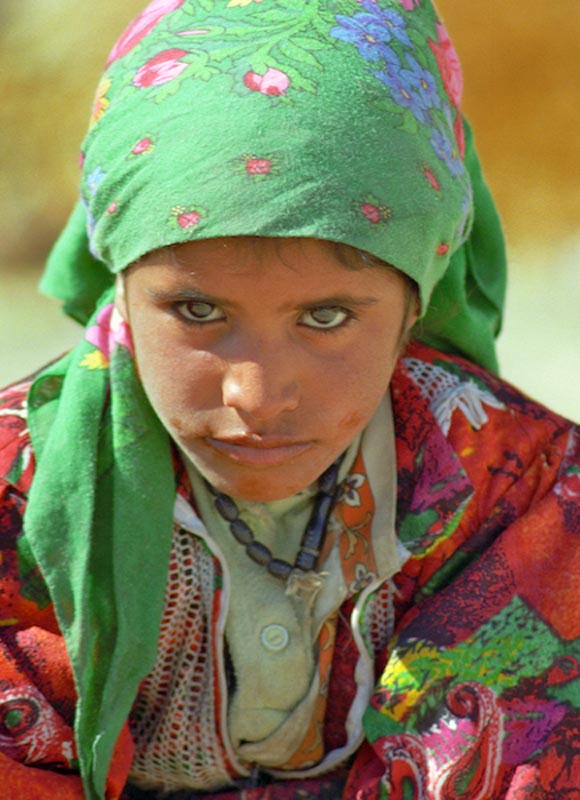
Photographing People
Ten Tips for Images With Impact
One of the most satisfying aspects of traveling is meeting people from different cultures. Some of my fondest memories are of taking time to talk with citizens of countries I visit and learning their customs and beliefs (and their perceptions of America and Americans). I've been invited to dinner by a taxi driver in Cairo and met a man who has become one of my dearest Canadian friends on the bow of a ship in the far North.I have a feeling that if you asked 100 professional photographers what subject matter is most difficult to photograph, most would say people. To be clear, I’m not speaking of professional portrait or wedding photographers, with their well-designed and lighted studios and automated software. No, I’m referring to travel photographers who want to capture the essence of the cultures they visit, that is, their people.
I’ve been doing professional travel photography for a bunch of years now, so the inevitable questions I am asked are “How do you do it? Do you have any tips for the amateur photographer that you’re willing to share?”
Well, yes, I do have some tips on photographing people and here they are (I welcome comments on this blog and any tips you might have that you would be willing to share).
- Get Permission. Pros have it drilled into their heads that they need permission to use an image of a person, any person, for commercial purposes. But for the amateur the situation is different. Or is it?
I firmly believe that it is a matter of civility, pure and simple, to ask someone you do not know for permission to photograph him or her. One of my pet peeves is the rude tourist who shoves a camera in the face of someone from a different culture. Of course, if the person is performing that is a different story. But, in my opinion, people have a right to their privacy, and as a photographer I abide by that right.
Now, permission does not have to be a signed release form. It can be a gesture- holding up your camera, pointing to it and to the subject and shrugging your shoulders as if to ask the question. Or, if you speak the language, just ask.
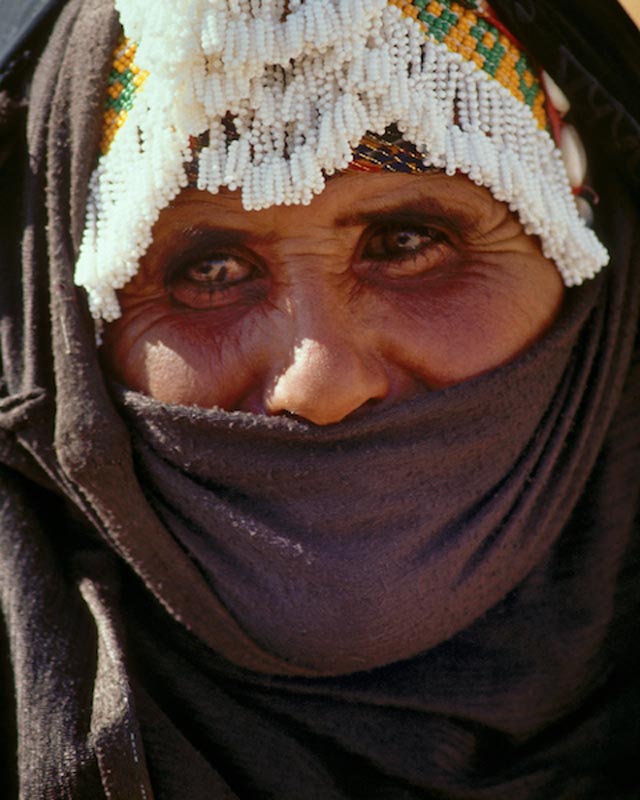
In some countries, I’m thinking of Muslim countries in particular, photographing women without permission can get you in serious trouble. At the very least you owe it to your subject to give her a chance to cover her face.
Sometimes I admit to having photographed a subject surreptitiously, to catch a special moment or expression. In that case I always go up to them afterwards, show them the images and ask if it is okay with them. Usually their smiling faces are their answer.
- Get a Picture, Give a Print. One thing I like to do is either send a print to the person once I get home or else bring one with me on my next visit to the country. In Ecuador, there is a market in Otavalo where I love to spend time photographing. When I go back, I bring prints of my subjects from my last visit and now the people are excited when I return.
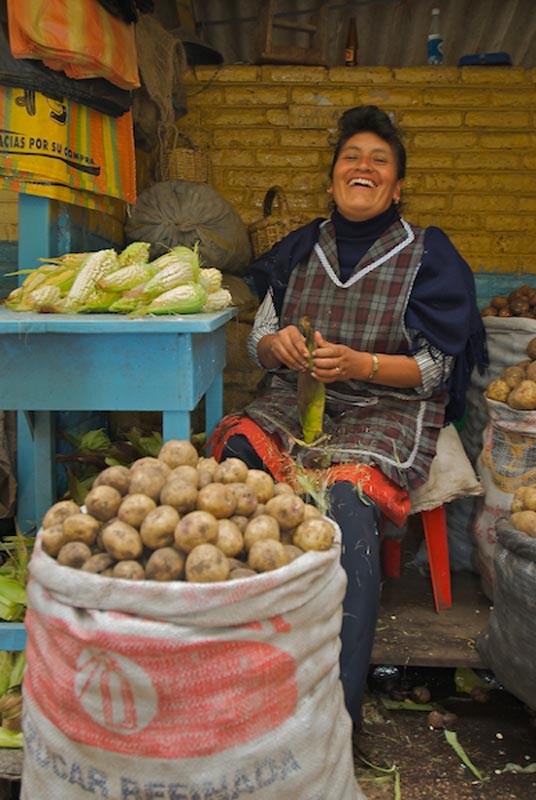
-
Be patient. One of the tips that I give my students at workshops is to be patient when you photograph people. Often it is only after 10 minutes of shooting that the subject relaxes enough for that unguarded moment.
-
Get to Know Your Subject. Perhaps the most enjoyable aspect of travel photography for me is getting to know my subjects, even if only for a short time. The people connection is what makes the travel experience shine. Before you hoist your camera, ask about the craft they might be exhibiting. As a grandfather, I always ask my subjects about their family; it’s the universal glue that binds us. I can nearly guarantee that if you take the time to do this you will be rewarded with warm and poignant images every time.
-
Shoot Early. I find that a great time to shoot is early in the morning, even in westernized countries. That is when merchants set up their market stalls, when farmers heave their produce from cart to table, when kids scurry to help their parents or scamper away from them. The rising sun casts a warm glow, dust is kicked up highlighting dust motes, and the grittiness of life is front-and-center for your photographic palette.
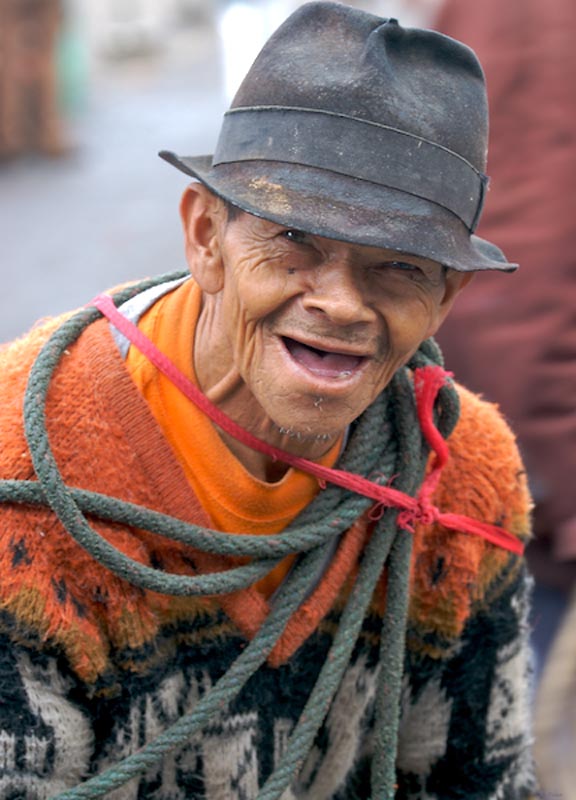
- Tell a Story. I always tell my workshop attendees that when given a choice, shoot a scene tightly. Shooting tight conveys emotion and creates dramatic impact. You do not need the entire person’s body in the image, at times not even the entire face. A child’s face from chin to forehead, lips streaked in chocolate, can be a prize-winner.
However, you need to decide before you shoot what the story is that you want to tell. Is it the expressions of toil on a merchants face, or the warm embrace of a nurturing mother? That will determine whether you shoot a tight face shot or a medium telephoto shot of the mother squatting curbside holding her daughter, or a wide angle of a bustling city square. You decide and then fill the pages of your photo book with that story.
7. Use Flash. At certain times of the day light is harsh and creates deep shadows that distract from the subject. In many cultures people, especially men, wear wide-brimmed hats that create problems during mid-day hours. The solution in these cases is to use flash to gently fill in the shadows. Yes, pros have elaborate flash systems, but they are often superfluous. You can capture terrific shots using your on-camera, pop-up flash. The secret here is to diffuse the light so it doesn’t appear harsh on the face. There are several after-market products out there that you place over your flash to smooth the light and create pleasing portraits. In a pinch I have used a tissue or a white plastic shopping bag.
-
Laugh…a Lot. Laughter truly is the best medicine and I’ve used it even in uncomfortable travel situations. Just think of how funny you look to a Bedouin or a Sengali fisherman, then lighten up and laugh at yourself. That frame of mind alone will loosen up your subjects and help them be more cooperative.
-
Move. When shooting people, move around - talk to them as you do so – and shoot from many different angles. Digital is wonderful. Did the person blink? Just keep shooting. Was the background distracting? Move and keep shooting.

- Shoot Wide Open. I say this with a caveat, but if the person is the focus of your image, try opening up the aperture to its maximum (f2.0, 2.8, 3.5 or 4.0). That will blur the background and cause your subject to pop off the frame. That works especially well if the person’s face or dress is able to carry the story. If the story you want to tell includes the context – a dance, the village huts, animals or a spectacular backdrop, then close down the lens (f8, 11 or 16). However, that works best when your subject is close to you, creating a strong foreground element.
One last piece of advice… always remember that you are a good-will ambassador. I prefer to go out of my way to show people of different cultures that we Americans (substitute whatever your nationality is here) are not so bad after all.
